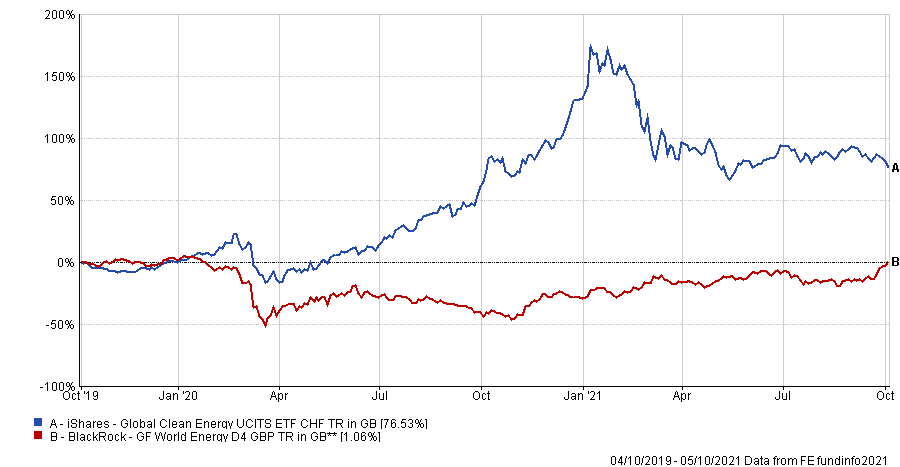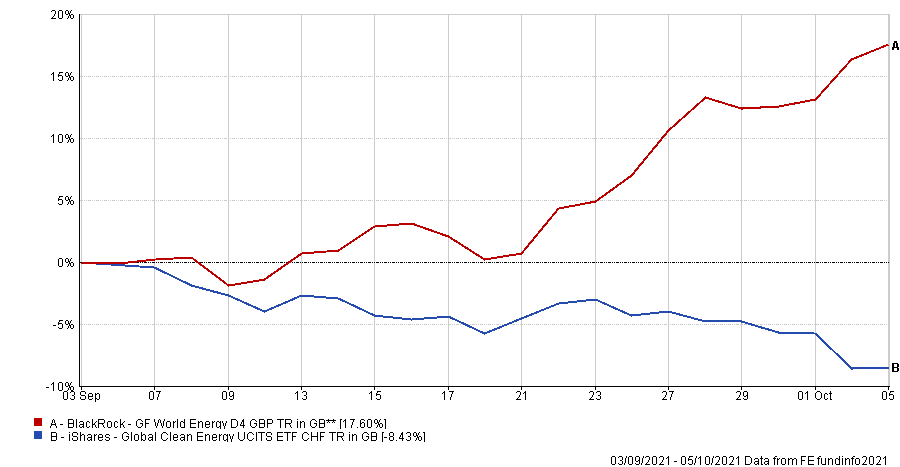SFDR Level 2: Will new technical standards resolve ESG doubts?

It will have come as welcome news to many fund managers earlier in the year when it was announced they now have an additional six months to implement the new regulatory technical standards (RTS) set out under the EU’s Sustainable Finance Disclosure Regulation (SFDR).
Thirteen ‘Level 2’ RTS developed under the SFDR will apply from 1 July next year rather than 1 January 2022, giving fund groups more time to meet the disclosure requirements concerning the sustainability of the funds they manage.
While the delay will of course be welcome, we have already seen from the launch of the Level 1 RTS in March 2021 that for some, the issues caused by this regulation will not come in meeting this deadline, but the additional operational burdens they create.
Greenwashing
The huge growth in ESG financial products has brought with it a new degree of scrutiny on the validity and authenticity of these products and their holdings. A particular criticism has centred on the issue of ‘greenwashing’ where asset managers overstate the ESG credentials of their investments to attract new business and improve their reputational standing. The risk of greenwashing needs to be taken seriously and for the most part, asset managers are cognisant of this; as the Financial Reporting Council’s (FRC) recent rejection of several groups from its UK Stewardship Code shows, for many it was a case of promoting their ambitions rather than their achievements.
The introduction of SFDR and other regulations is reflective of this. While regulations will provide much needed transparency, it takes a long time for their effects to be felt, along with constant monitoring to ensure regulation is doing its job rather than becoming a box-ticking exercise.
Data and communication challenges
This of course is a double-edged sword. To ensure regulations remain effective, the more work is required. With the growth in Article 8 and 9 classifications, there will also be many more financial products that will be required to provide these disclosures. As asset managers grapple with the new RTS, and distributors ready themselves for this inflow of data, it is clear fund providers need to better communicate ESG performance to end investors, as well as regulators. Regulatory and client communications will need to be aligned and avoid greenwashing pitfalls, such as overstating reduced carbon impacts or other positive social or environmental impacts.
The ability to provide succinct and understandable data has historically been difficult and extremely subjective, yet is one of the biggest, most important challenges facing fund providers today. One of the other well documented challenges and critiques here are in choosing the data points to report on where the ESG ratings providers themselves can’t agree.
This has the potential to lead to the cherry picking of ESG data points or ratings that shed the best light on an investment product, particularly in non-regulatory reporting. The key consideration here is the data selected accurately reflects the ESG strategy of the investment product, and also the goals of the end investor. Fully understanding ‘the why’ of a client’s investment motivations will be a critical component in any ESG offering and will then inform the ESG factors and data points to be reported on.
The SFDR is not about classifications but about disclosure. So essentially, if a fund is claiming Article 8 status, it needs to explain it clearly, providing some much-needed transparency.
Performance of ESG funds
While ESG investing, in the context of the SFDR RTS, offers opportunities to launch new products, enhance others and gain market share, particularly for active managers who have a legitimate case to compete against passive products on ESG, one factor to consider in investor thinking is that of performance.
Throughout the pandemic ESG investment products, which often rely heavily on technology stocks, boomed as much of the world switched to remote working and life online. At the same time, as demand for travel fell, energy funds suffered big losses, making the case for ESG propositions all the easier.
Recently however, as global economies return to normality (along with other factors), we have seen energy prices rise, and a corresponding rotation in the markets, meaning traditional (rather than ESG-focused) funds are capturing much of the market upside. If we look at the two charts below from FE fundinfo’s FE Analytics platform, we can see the impact of this rotation firstly over the past two years during lockdown and then subsequently over the past month during the energy price rise.
*Chart one (iShares Global Clean Energy vs BlackRock GF World Energy)

In the first chart we see how, particularly during late 2020 and early 2021, during the height of lockdown, iShares Global Clean Energy would have returned nearly 200% at its highest point from an investment made in October 2019. Now, if we look at the same funds over the course of September 2021, we can see how quickly the markets shift:
Chart two

The point here is that no amount of regulation, market transparency, or disclosures made by fund groups will have as much as an impact on the markets as will wider geopolitical forces. While ultimately, the SFDR, along with all other ESG-related regulations, are designed for the benefit of the end investor, the fundamental question of returns vs principles will undoubtedly rear its head once again. As most fund managers already know, ESG investing is subjective and every investor is different.
That said, it is clear ESG investing is now in the mainstream and is certainly here to stay. Doubts will always persist, but clarity, transparency and open disclosure from fund groups will help investors make better informed decisions over the long term.
For more information, please visit: www.fefundinfo.com
FE fundinfo are a silver sponsor of the upcoming FundForum International event in Monaco, 20-21 October 2021.